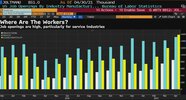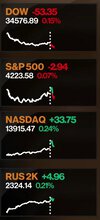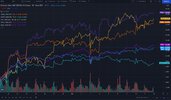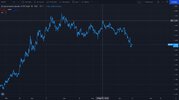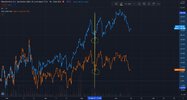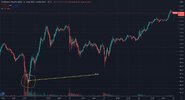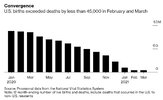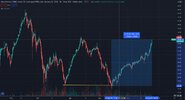over9k
So I didn't tell my wife, but I...
- Joined
- 12 June 2020
- Posts
- 5,290
- Reactions
- 7,500
Not that simple. External border closure but internal free movement has meant that tourism has actually increased in a lot of areas/states/countries.Demand and supply.
Do you think a rational business would keep stock around during lockdown? Especially when the second hand market boomed (which it has)
Tourism is a net negative for a lot of places. Places like Fiji rely on it, but many first world countries experience a net negative. Closing the borders has actually increased the demand for a lot of rental places.
Combine that with the microchip shortage meaning there's no supply of new cars, and voila.
Mechanics are actually run off their feet maintaining older cars now. I posted how much auto parts sellers have seen a massive boom in response too.




